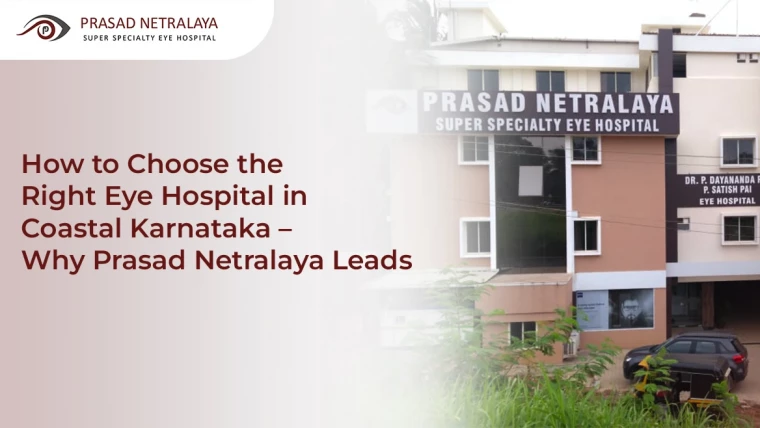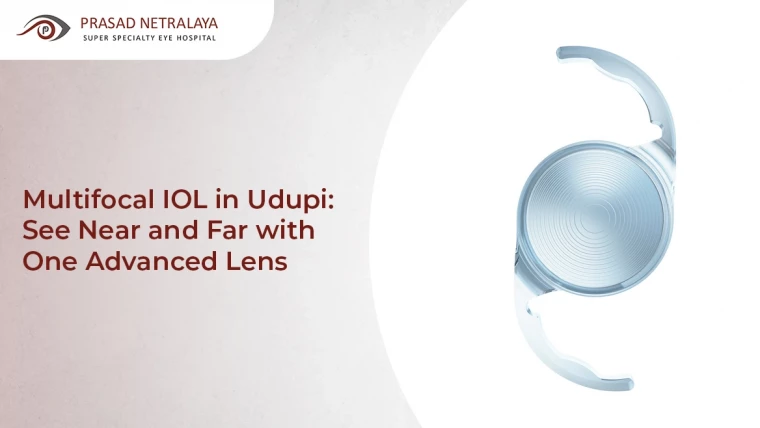Do you feel like your eyes are showing signs of ageing? Or do you have an eye condition that’s affecting your vision or appearance? If that is the case, oculoplasty might be the solution you’re looking for.
This subspecialty of ophthalmology provides a wide range of surgical procedures to treat everything from droopy eyelids and bulging lower lids to growths around the eyes and blocked tear ducts.
In this blog, we’ll look at the world of oculoplasty and what to expect from its cutting-edge procedures.
Table of Contents
What Is Oculoplasty?
Oculoplasty, also known as oculoplastic surgery, is an ophthalmological procedure that treats conditions related to the structures around the eye.
This surgery is used to correct medical problems as well as cosmetic issues like the structures around the eye, including the eyelids, tear ducts, orbit (bony socket), and the surrounding facial tissues.
Ophthalmologists or eye specialists who specialize in plastic or reconstructive surgery are typically the ones who perform oculoplasty. It can even be performed by head and neck surgeons.
Common Eye Problems Treated by Oculoplasty
Oculoplasty can treat a wide range of functional and cosmetic eye problems. Here’s a list of some common eye problems that can be addressed with oculoplasty:
- Droopy upper eyelids (ptosis)
- Eyelids that turn inward (entropion) or outward (ectropion)
- Eye problems caused by thyroid disease, such as Graves disease
- Skin cancers or other growths in or around the eyes
- Weakness around the eyes or eyelids caused by Bell’s palsy
- Tear duct problems
- Injuries to the eye or eye area
- Birth defects of the eyes or orbit (the bone around the eyeball)
- Cosmetic problems, such as excess upper lid skin, bulging lower lids, and “fallen” eyebrows
Types of Oculoplasty Procedures
Oculoplastic surgeons are highly trained to perform both functional and cosmetic surgeries to help patients achieve youthful, rejuvenated eyes. Here are some common oculoplasty procedures.
1. Blepharoplasty
Blepharoplasty involves removing excess skin from the eyelids. By removing extra tissue from the upper or lower eyelids, the surgery helps decrease the appearance of under-eye bags, making the eyes appear brighter and more awake.
The procedure involves making incisions in the natural folds of the eyelids and removing the excess tissue, which helps cure sagging eyebrows, droopy upper lids, and bags under the eyes.
2. Ptosis Surgery
Ptosis is used to correct drooping of the upper eyelid by tightening the muscle that lifts your upper eyelid. The surgery involves tightening the levator muscle that lifts the eyelid, which may have started to sag or stretch because of age, injury, or a neurological condition.
The procedure is typically performed under local anaesthesia and can be done on an outpatient basis.
3. Orbital Surgery
This type of surgery is used to treat conditions that affect the bony socket (orbit) around the eye, such as tumours or fractures. In order to decrease the amount of protrusion in the eye, the surgery removes bone from the orbital (eye socket) walls. This surgery is commonly associated with thyroid eye disease.
4. Pediatric Oculoplastic Surgery
This surgery treats children and newborns with facial disfigurements and eye disorders. It is used to correct droopy eyelids, blocked tear ducts, and birth defects of the eye or orbit.
These procedures are frequently carried out under general anaesthesia and are tailored to the smaller facial features of children.
5. Ectropion & Entropion Repair
Ectropion is a disorder that causes excessive tears and dryness of the eye by causing the lower eyelid to turn outward. Entropion is a condition in which the eyelid turns inward, causing the eyelashes to irritate the eye.
These can be rectified by surgery, which involves tightening the eyelid muscles and repositioning the eyelid.
Recovery and Results After Oculoplasty Surgery
The length of recovery after oculoplasty surgery varies depending on factors such as age, health, and type of operation.
Following treatment, patients should expect some bruising and swelling around the eyes. However, this normally goes away within a few days to a week.
Oculoplastic surgery, particularly blepharoplasty and ptosis correction, can produce long-term results. But, ageing, exposure to the sun, and smoking can have an effect on how long the results last.
To ensure proper recovery and the best results, patients must carefully follow postoperative guidelines given by their doctor.
Choosing Oculoplasty for Healthy and Youthful Eyes
Oculoplasty offers effective solutions for a wide range of eye conditions, both functional and cosmetic. If you or your child are experiencing any eye problems, consider consulting with a skilled oculoplastic surgeon.
Prasad Netralaya is a renowned eye care centre that offers state-of-the-art oculoplastic surgery and comprehensive eye care services. Contact us today to schedule a consultation.
Dr. Vikram Jain, M.S. had his medical training (MBBS) from Kasturba Medical College, Mangalore, India. He did his master’s in Ophthalmic surgery from Kasturba Medical College, Manipal. He currently manages the Glaucoma department of Prasad Netralaya hospital.

![What Is Oculoplasty [The Secret to Youthful Eyes Revealed]](https://prasadnetralaya.com/wp-content/uploads/2023/04/Apr-blog-banner-3.webp)

